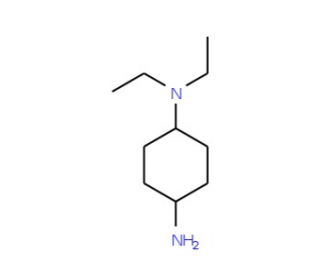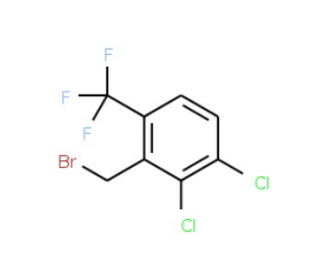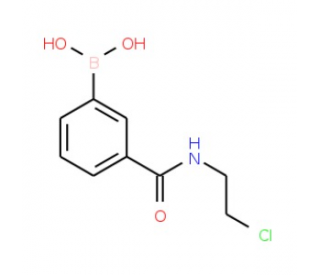详细说明
Species Reactivity
Human, Mouse
Specificity
Detects human and mouse JunD in Western blots.
Source
Polyclonal Goat IgG
Purification
Antigen Affinity-purified
Immunogen
E. coli-derived recombinant human JunD
Lys47-Gly156
Accession # P17535Formulation
Lyophilized from a 0.2 μm filtered solution in PBS with Trehalose. *Small pack size (SP) is supplied as a 0.2 µm filtered solution in PBS.
Label
Unconjugated
Applications
Recommended
ConcentrationSample
Western Blot
1 µg/mL
See below
Please Note: Optimal dilutions should be determined by each laboratory for each application. are available in the Technical Information section on our website.
Data Examples
Western Blot | Detection of Human and Mouse JunD by Western Blot. Western blot shows lysates of HeLa human cervical epithelial carcinoma cell line, 293T human embryonic kidney cell line, NIH‑3T3 mouse embryonic fibroblast cell line, and MCF‑7 human breast cancer cell line. PVDF Membrane was probed with 1 µg/mL of Goat Anti-Human/Mouse JunD Antigen Affinity-purified Polyclonal Antibody (Catalog # AF5526) followed by HRP-conjugated Anti-Goat IgG Secondary Antibody (Catalog # ). Specific bands were detected for JunD at approximately 40 and 45 kDa (as indicated). This experiment was conducted under reducing conditions and using . |
Preparation and Storage
Reconstitution
Reconstitute at 0.2 mg/mL in sterile PBS.
Shipping
The product is shipped at ambient temperature. Upon receipt, store it immediately at the temperature recommended below. *Small pack size (SP) is shipped with polar packs. Upon receipt, store it immediately at -20 to -70 °C
Stability & Storage
Use a manual defrost freezer and avoid repeated freeze-thaw cycles.
12 months from date of receipt, -20 to -70 °C as supplied.
1 month, 2 to 8 °C under sterile conditions after reconstitution.
6 months, -20 to -70 °C under sterile conditions after reconstitution.
Background: JunD
JunD is a member of the Jun family of nuclear transcription factors. It dimerizes with other Jun or FOS family members to form the AP1 transcription factor. Unlike c-Jun or JunB, JunD antagonizes Ras transformation and accumulates as cells enter quiescence. JunD has two isoforms full length at 347 amino acids (aa), the other 303 aa which initiates translation at aa 44. Over the sequence used as an immunogen, human JunD shares 80% aa identity with mouse and rat JunD. The activation of JunD appears to reduce the proliferation of breast cancer cells.
Long Name:
JunD Proto-oncogene
Entrez Gene IDs:
3727 (Human); 16478 (Mouse); 24518 (Rat)
Alternate Names:
activator protein 1; AP-1; jun D proto-oncogene; JunD; JunD-FL isoform; transcription factor jun-D







![Anti-Phosphotyrosine antibody [EPR16871] 100µl](https://yunshiji.oss-cn-shenzhen.aliyuncs.com/202407/25/sazo2ygfetk.jpg)
![Anti-Phosphorylase B antibody [EPR9035(2)] 40µl](https://yunshiji.oss-cn-shenzhen.aliyuncs.com/202407/25/ojlpg2xwyyo.jpg)
![Anti-Phosphorylase B antibody [EPR9035(2)] 100µl](https://yunshiji.oss-cn-shenzhen.aliyuncs.com/202407/25/wztsoii5z0n.jpg)
![Anti-Phospholipase D1 antibody [EP1506Y] 10µl](https://yunshiji.oss-cn-shenzhen.aliyuncs.com/202407/25/v5lna2jjba2.jpg)
![Anti-Phospholipase D1 antibody [EP1506Y] 40µl](https://yunshiji.oss-cn-shenzhen.aliyuncs.com/202407/25/oeb4o3f3xou.jpg)
![Anti-Phospholipase D1 antibody [EP1506Y] 100µl](https://yunshiji.oss-cn-shenzhen.aliyuncs.com/202407/25/eoojett2x5r.jpg)



 粤公网安备44196802000105号
粤公网安备44196802000105号